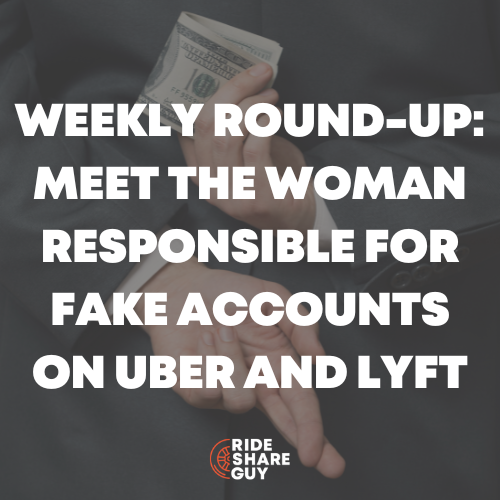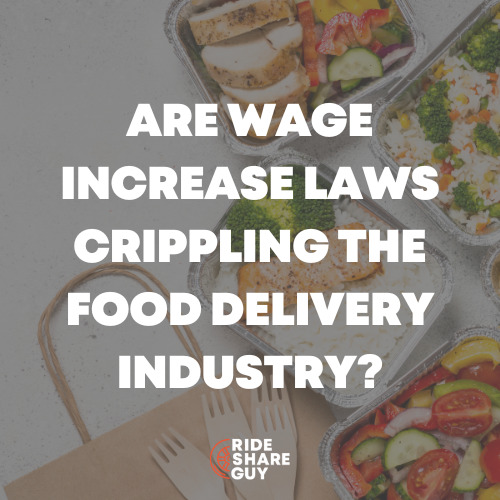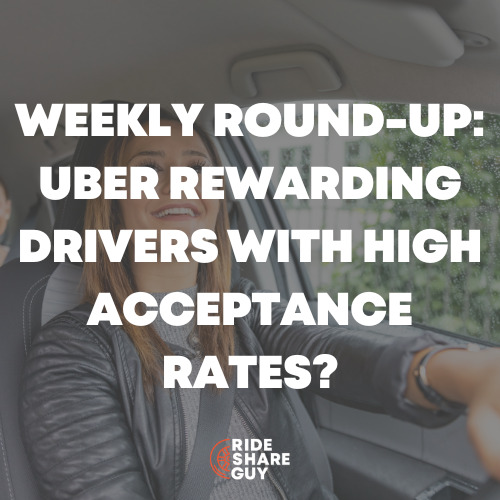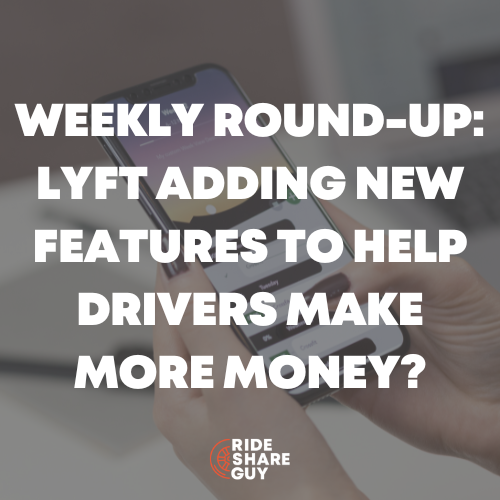In this week’s round up, Uber pursues deep cuts to several divisions, including artificial intelligence, as it reels from the pandemic. Senior RSG contributor John Ince covers that, plus Uber’s pursuit of food delivery Grubhub and the strategy behind it, below.
Food delivery with third-party apps like Grubhub and Uber Eats is booming, but no one’s making money. Here’s why their business is broken. [Business Insider]
Sum and Substance: New York just passed a temporary 15% cap on third-party delivery commissions and a limit of 5% on marketing contributions and other related fees. And Uber Eats, which just made a bid to buy Grubhub, is locked in a bitter feud with Jersey City Mayor Steve Fulop. Food delivery is booming during the pandemic, and so is the conflict over how third-party delivery companies operate.
Now that many restaurants rely on third-party delivery for a majority of their income, the fees and commissions delivery companies charge are swallowing most of the profit.
Delivery companies are also far from profitable. And Uber Eats’ bid to acquire Grubhub isn’t likely to change that. …
As this conflict comes to a boil, one thing is becoming clear: there are no winners in this fight.
My Take: This is a complicated business with a lot of moving parts. The takeaway here is that no one is making money. There are lawsuits and a lot of people screaming.
How this plays out is anybody’s guess. Why Uber would want a bigger piece of this action is beyond me.
Uber Is Panic Shopping Like the Rest of Us [Bloomberg]
Sum and Substance: Ride-hailing to a restaurant is so January; swiping and tapping for delivery is the new normal. Therein lies the simple logic of the Uber Technologies play for Grubhub. It’s panic shopping on a grand scale.
It makes sense for Uber to ferry around takeout—rides were down 80% last month in the hardest-hit markets, and most restaurants still open are takeout-only. The question is whether the company should buy that capacity or build it? The funny thing is, Uber made the decision five years ago to build it, turning a small pilot program into Uber Eats, which did $2.5 billion in revenue last year.
My Take: I’m not convinced that Uber’s acquisition here makes sense. Yes, ridesharing is way down right now – but Grubhub isn’t necessarily the answer. It loses money and that’s not likely to change in the near term. So Uber would just have a bigger money losing enterprise. Not a formula for success.
Uber lays off 3,000 more employees in latest round of COVID-inspired cuts [The Verge]
Sum and Substance: Uber is laying off 3,000 employees in the latest round of COVID-19-inspired cost-cutting, CEO Dara Khosrowshahi said in an email to staff. The news, which was first reported over the weekend by The Wall Street Journal, comes as the ride-hailing company has seen an 80 percent drop in its ride-hailing business as a result of the coronavirus pandemic.
“We have to take these hard actions to stand strong on our own two feet, to secure our future, and to continue on our mission,” Khosrowshahi said in the email. …
My Take: There you have it. Uber has made a second round of layoffs, not unexpected. The company was bloated and this round cuts things to their core. Will there be a third round of layoffs? I wouldn’t rule it out.
Uber Gives Up Its Futuristic Dreams in Its Fight to Survive Coronavirus [The Observer]
Sum and Substance: For years, Uber has prided itself on not only being a disruptor of the century-old taxi business, but, more importantly, a pioneer in cutting-edge technologies. Aside from its core ride-sharing service, Uber has in recent years invested generously in yet-to-be-commercialized efforts, including flying cabs, self-driving vehicles (via Uber Advanced Technologies Group) and innovative ideas in general, all through the newly formed Uber Incubator.
But as the coronavirus pandemic ravages ride-hailing globally and depletes Uber’s main source of revenue, the company has to put those futuristic dreams on hold for now, placing its focus back on the labor-intensive, less sexy yet money-making businesses of ride-hailing and food delivery. (Ironically, though, the first and foremost workers in these services, drivers, are still not recognized as employees.)
My Take: This article sums things up pretty well. Uber is now focused on the here and now and the big dreams can wait. Whether the here and now will yield a profitable business remains to be seen.
Has the pandemic ended discounted Uber and Lyft rides for good? [Quartz]
Sum and Substance: In the beginning, aided by large amounts of venture capital for their startups, Uber and Lyft would try to outspend one another on promotions to capture new customers. But as the ride-hailing services grew, they began pulling back on discounts.
Now, Covid-19 could mean the days of discounted Uber and Lyft rides are over for good.
My Take: This is the fundamental question facing the industry – what prices to charge. I’ve contended all along that prices have to go up if the companies are to survive. That appears to be what is happening here. Whether customers will pay is the next question…
Readers, what do you think of this week’s roundup?
-John @ RSG




